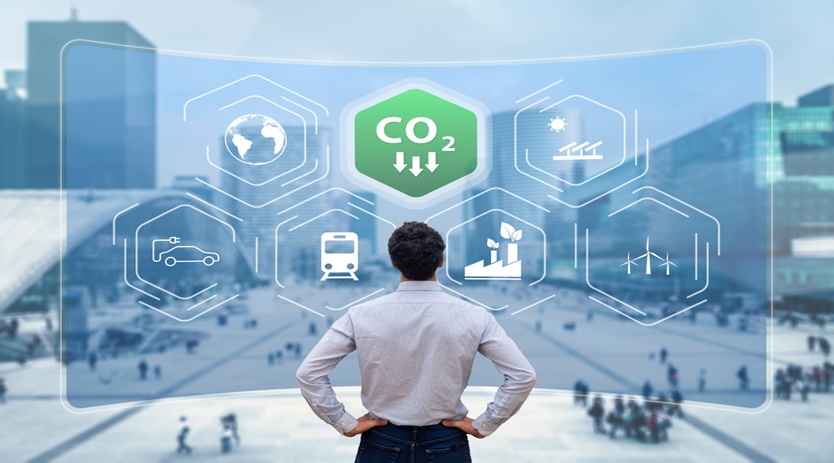ASHRAE issued a position document on building decarbonisation and its role on mitigating the negative carbon impact of buildings on the environment.
Globally, jurisdictions are confronting climate change and recognizing that building decarbonization is an important component in their efforts. The worldwide building sector accounts for about 40 percent of energy related carbon emissions and buildings remain a major sector that lacks sufficient mitigation policies. As the standards authority for energy usage in buildings, ASHRAE recognizes that our long-standing initiatives in energy efficiency should be expanded to building decarbonization.
ASHRAE Position Document on Building Decarbonisation presents the Society’s positions and recommendations for achieving a reduction in emissions through the renovation of existing building stock and improvements to new building designs.
The 2022-23 ASHRAE President Farooq Mehboob, Fellow ASHRAE said, “Building decarbonisation encompasses a building’s entire life cycle, including building design, construction, operation, occupancy and end of life. ASHRAE is leading the charge in accelerating the mitigation of carbon resulting from energy use in the built environment by providing this roadmap to further our Society’s mission of a healthy and sustainable built environment for all.”
ASHRAE’s position is that decarbonisation of buildings and its systems must be based on a holistic analysis including healthy, safe, and comfortable environments, energy efficiency, environmental impacts, sustainability, operational security and economics. By 2030, the global built environment must at least halve its 2015 greenhouse gas (GHG) emissions, whereby: All new buildings are net-zero GHG emissions in operation with widespread energy efficiency retrofit of existing assets.
ASHRAE is organizing its first International Building Decarbonization Conference. The conference is being organized by ASHRAE’s Task Force for Building Decarbonization and the Hellenic Chapter. are well underway, and embodied carbon of new construction is reduced by at least 40 percent.
Additional positions and recommendations
Building Performance Standards (BPS) should be considered as a policy tool for existing building decarbonisation as increasing stringency and enforcement of energy codes are critical for decarbonisation. Building decarbonisation strategies and policies must consider healthy, safe, and comfortable environments; environmental and social impacts; sustainability; resilience; and economics. A greater collaboration and the development of standards and guidelines among the energy, transportation and building sectors to improve secure building-grid integration, data communication, and optimization of energy performance (generation, use and storage) must be encouraged. While research and development of heat pump technology must be promoted, the whole Building Life Cycle Assessment must be considered in future building codes to reduce embodied and operational GHG emissions related to buildings and their HVAC&R systems.
Support the development, update, and adoption of relevant standards and guidelines that facilitate the whole life reduction of GHG emissions from new and existing buildings. Further, work in partnership with industry to increase the capacity and opportunities for a skilled workforce supporting building decarbonisation. Also, decarbonisation policies must contemplate and mitigate impacts on disadvantaged communities and less developed nations.
Additionally, registration opens on July 15 for the International Building Decarbonization 2022 Conference, October 5-7 in Athens Greece. Organized by the ASHRAE TFBD and the Hellenic chapter, the conference is intended to provide an exchange of ideas to bridge North American and European collaboration on reducing carbon emissions in buildings.
Cookie Consent
We use cookies to personalize your experience. By continuing to visit this website you agree to our Terms & Conditions, Privacy Policy and Cookie Policy.














